Why do we celebrate Easter?
The beginning of Easter is found in the story of the Israelites and their escape from Egypt. In Christianity, Easter has become a holiday to celebrate the rebirth of Jesus. But Easter is also about Easter eggs, cabin trips, crime books and holidays.
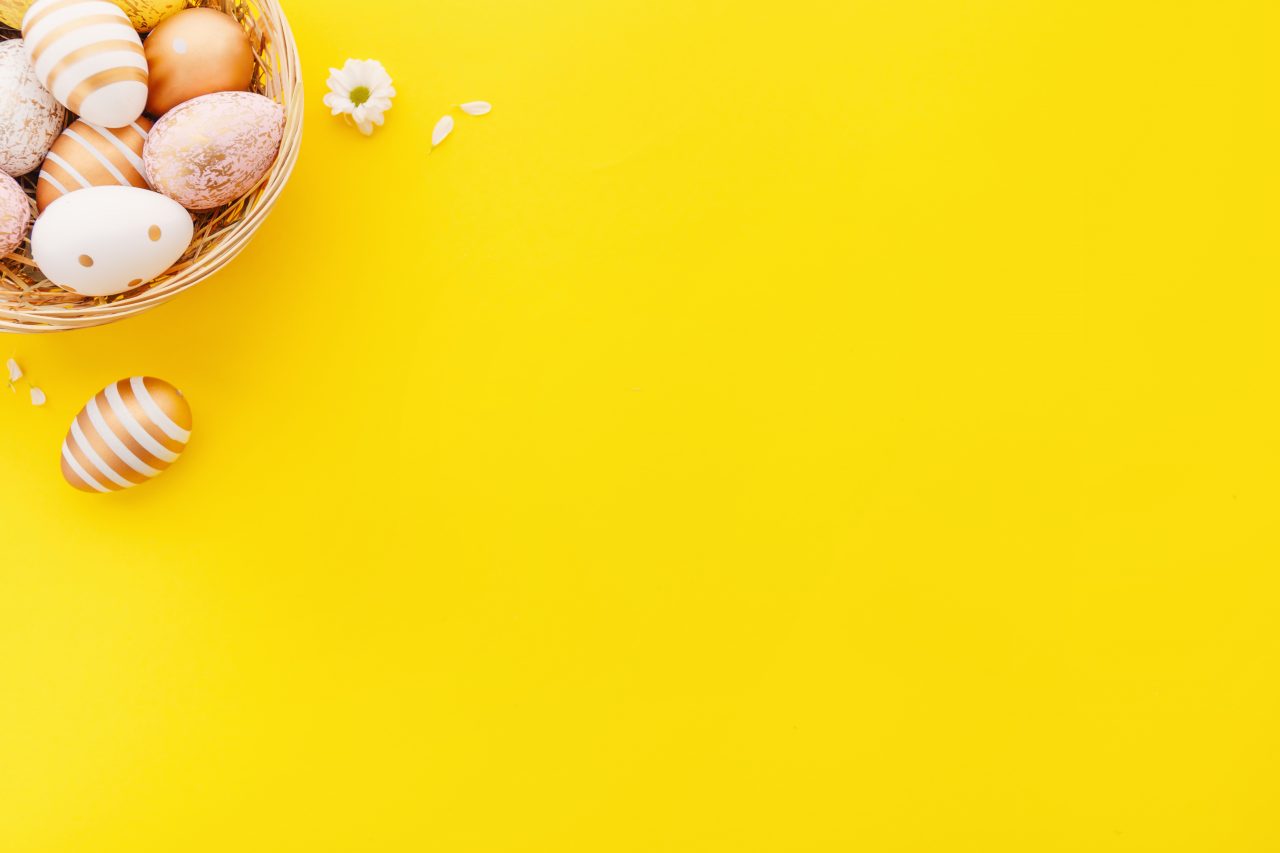
Påskebakgrunn med påskeegg
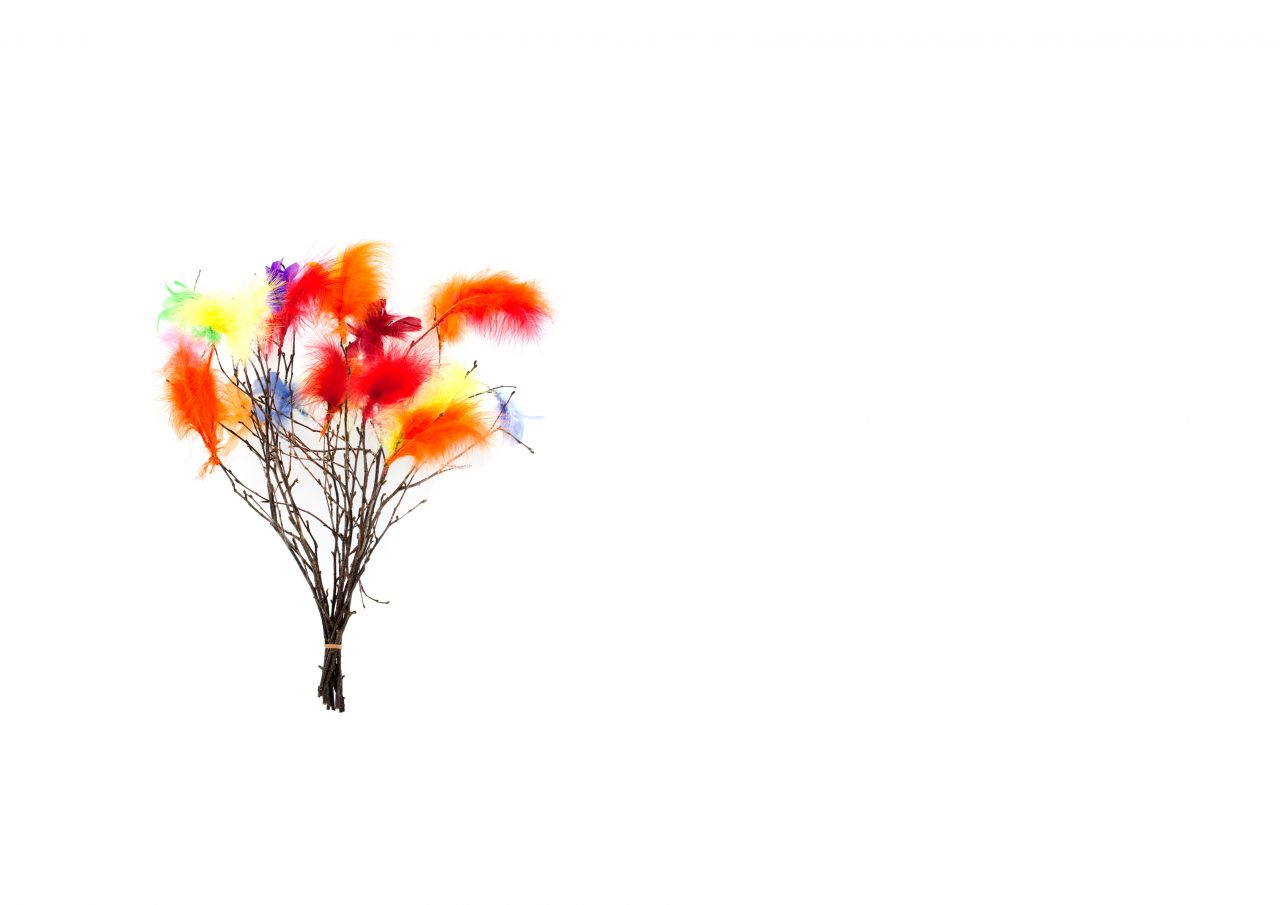
Fastelavnsris
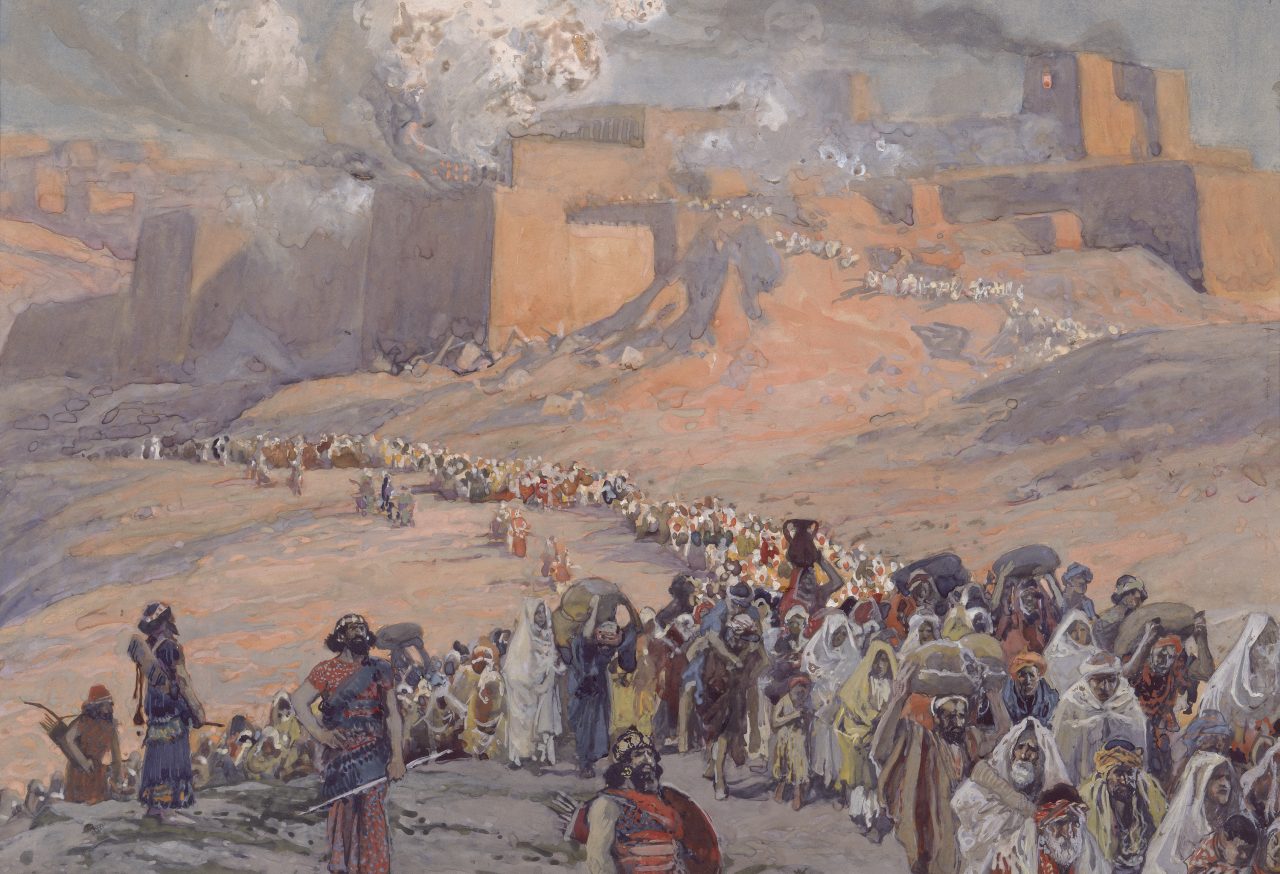
Flukten fra Egypt
Christian Easter
Easter is the oldest and most important Christian holiday. It is celebrated in memory of Jesus’ coming back from the dead. This is a drama about life and death from Palm Sunday to Easter Sunday.
The various days of Easter week show what happened in Jerusalem about 2,000 years ago. This was a week that changed our entire history. We call the time from Palm Sunday to Easter Eve Holy Week. In many languages Holy week is called “silent week”. The name comes from the fact that in the past the church bells were not rung, nor was the organ used during services. One should preferably not work, and it should be quiet everywhere.

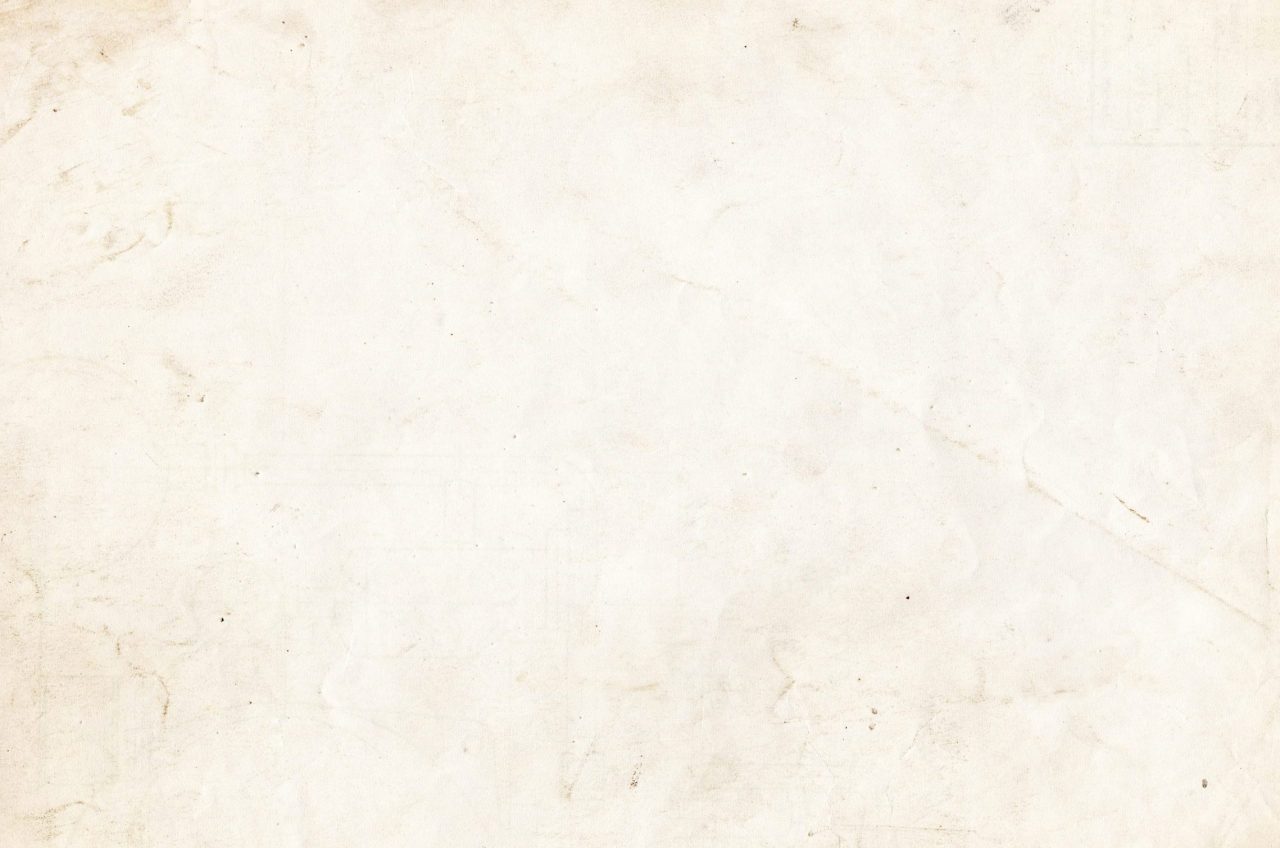
Papir bakgrunn
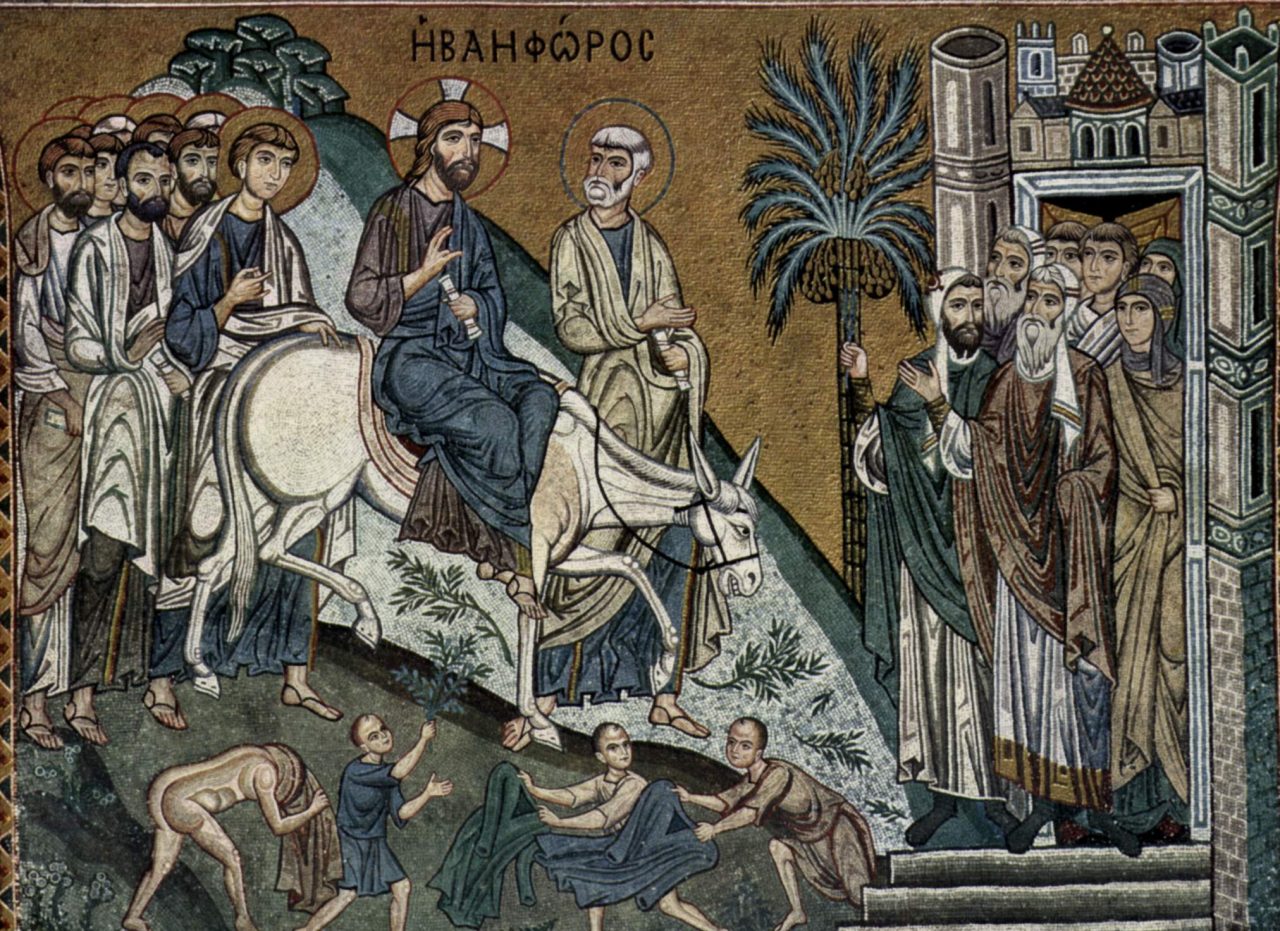
Palmesøndag

Papir bakgrunn
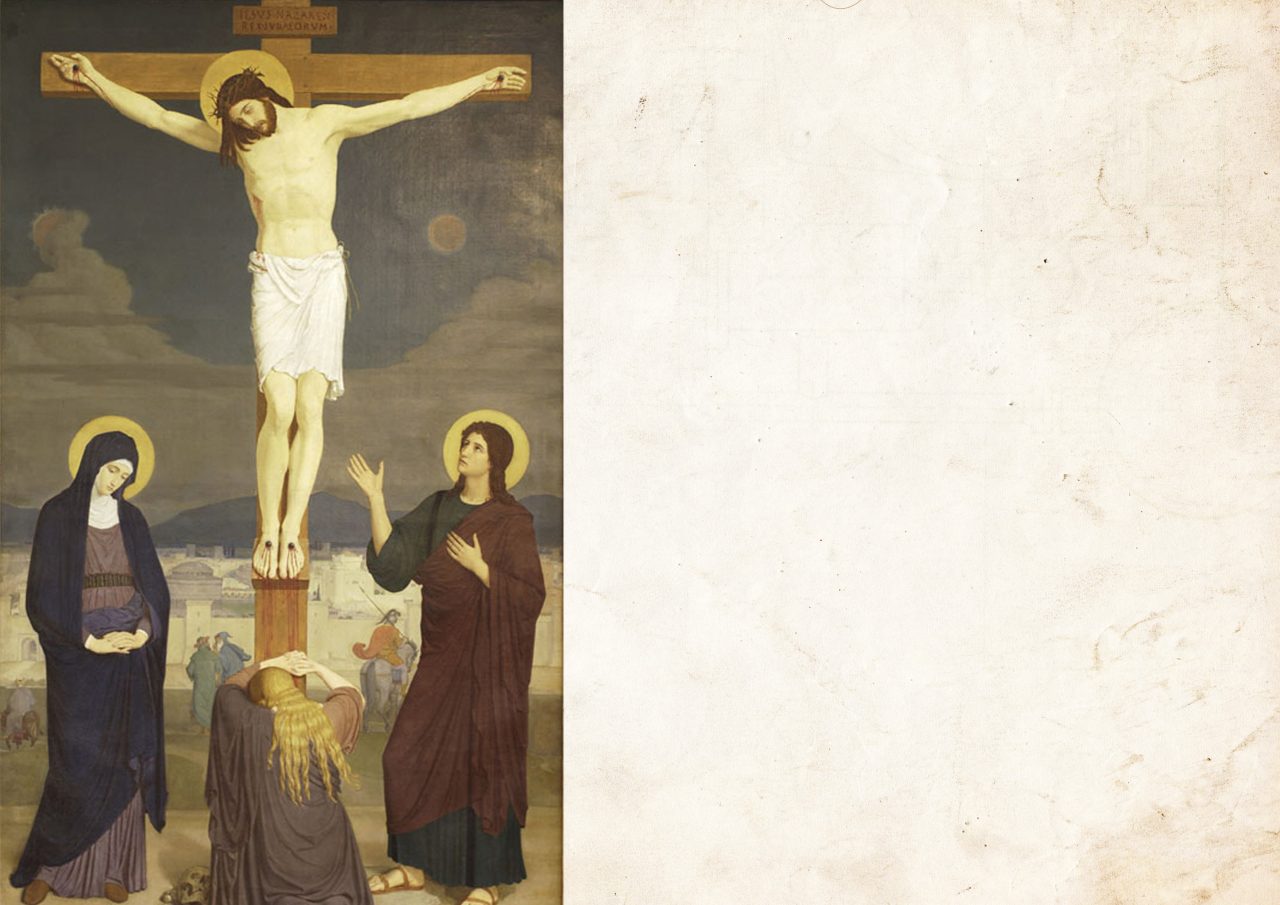
Jesus på korset

Påskeegg fylt med godteri
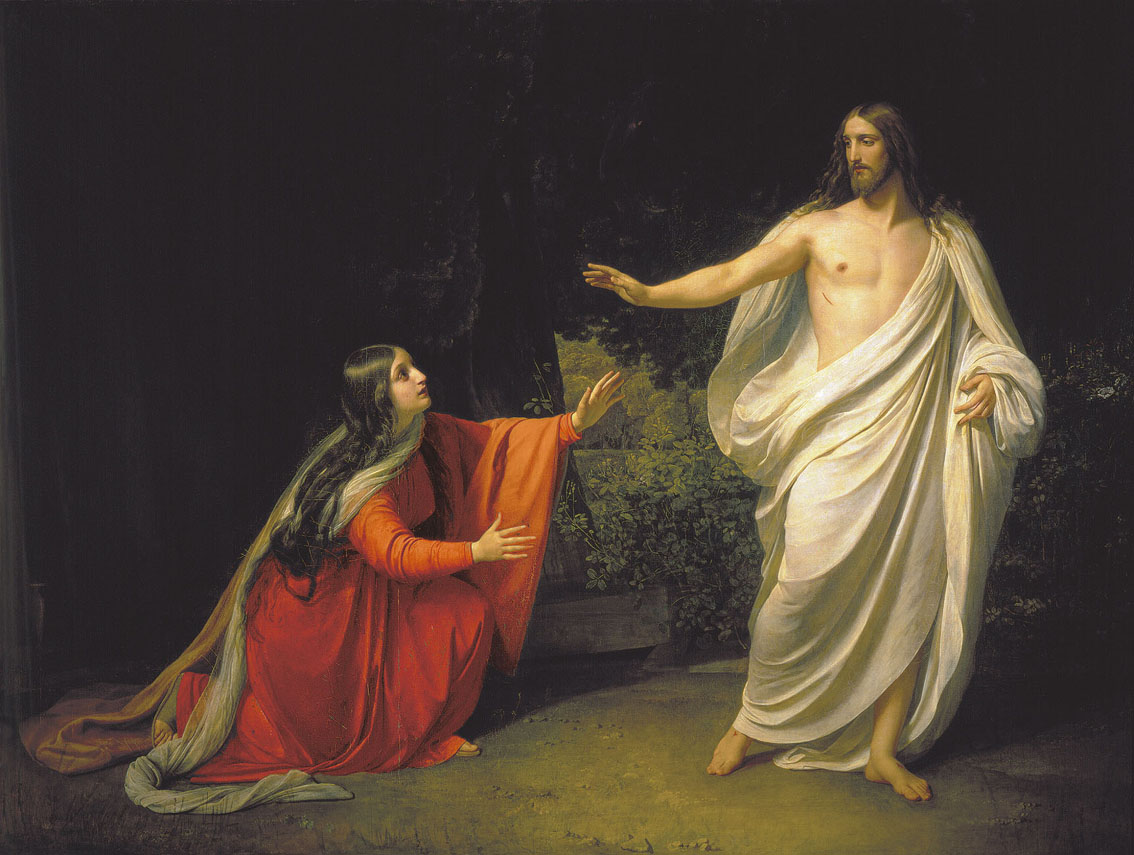
Jesu oppstandelse

Eggeplomme på en gul bakgrunn

Et barn som detektiv
Why is yellow the color of Easter?
Yellow is the color of Easter, but why? When Easter comes, spring and brighter times also arrive. The sun is higher in the sky, and nature wakes up again. Eggs are the symbol of new life, and are yellow inside.
We decorate our homes with daffodils, eat oranges, drink orange soda and eat yellow marzipan.
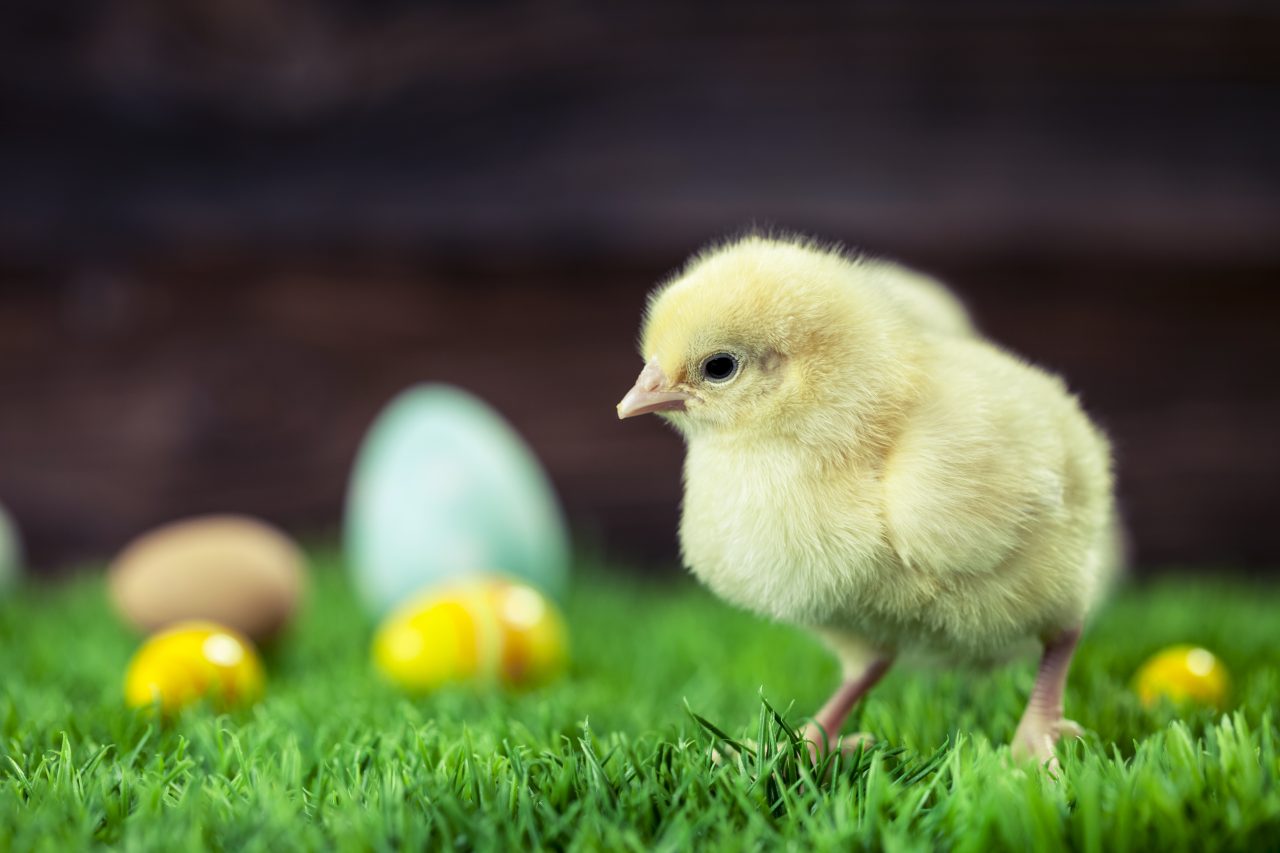
Påskekylling
How do you calculate when Easter is every year?
The first day of Easter is the first Sunday after the first full moon after the vernal equinox. This means that there is the same number of hours with and without sunlight. The vernal equinox is always between March 20th and 21st. Easter can therefore take place in the period between March 22nd and April 25th.

Dame som markerer i en kalender
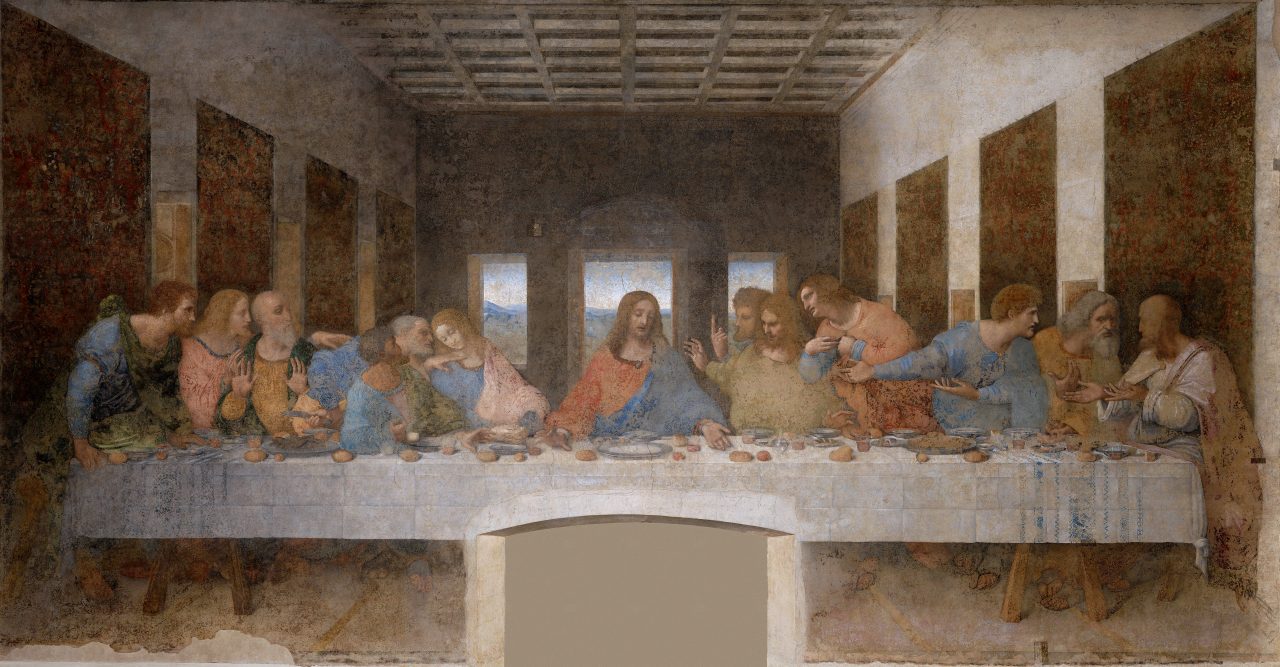
Nattverden, Leonardo da Vinci
Media Rights:
-
-
Getty Images
-
Getty Images
-
James Tissot
-
The Musée Condé, Chantilly / Getty Images
-
Meister der Palastkapelle in Palermo
-
Catholic Online – YouTube / Getty Images
-
Gabriel Wüger / Getty Images
-
Getty Images
-
Alexander Andreyevich Ivanov / The Church of Jesus Christ of Latter-day Saints – YouTube
-
Getty Images
-
Getty Images
-
Getty Images
-
Getty Images
-
Leonardo da Vinci
-


